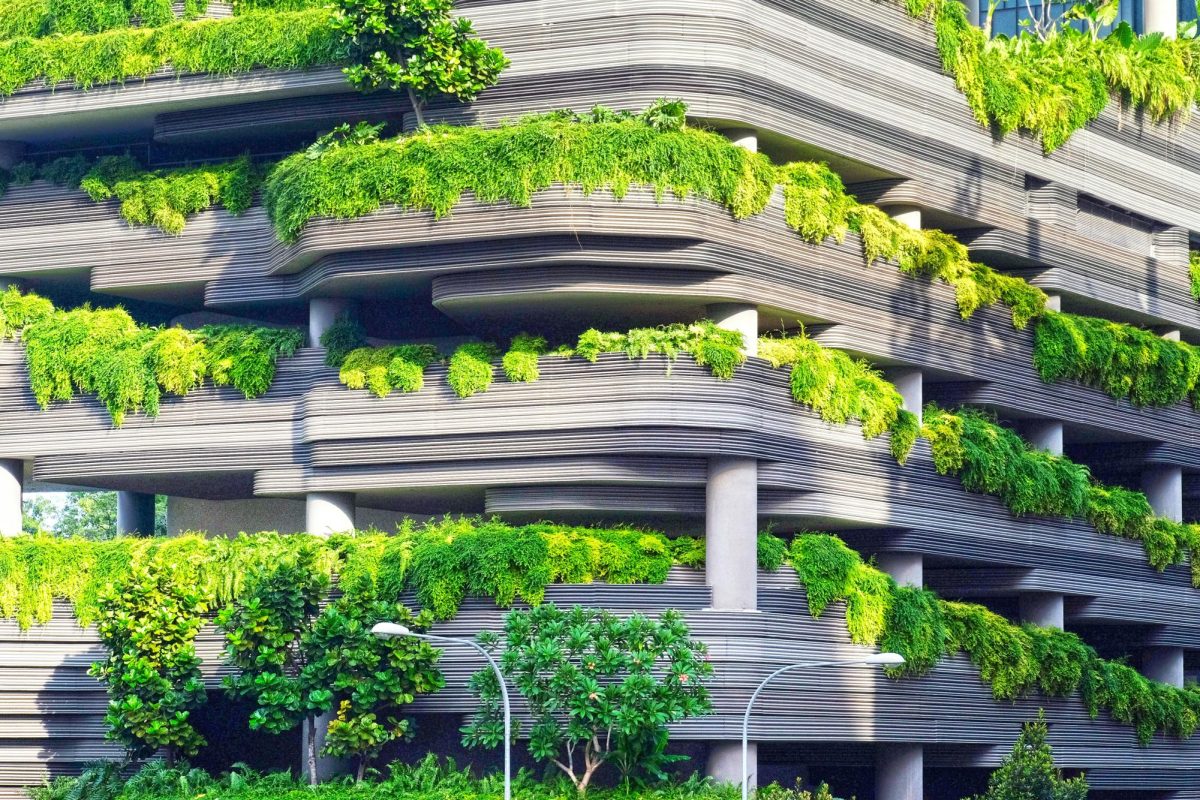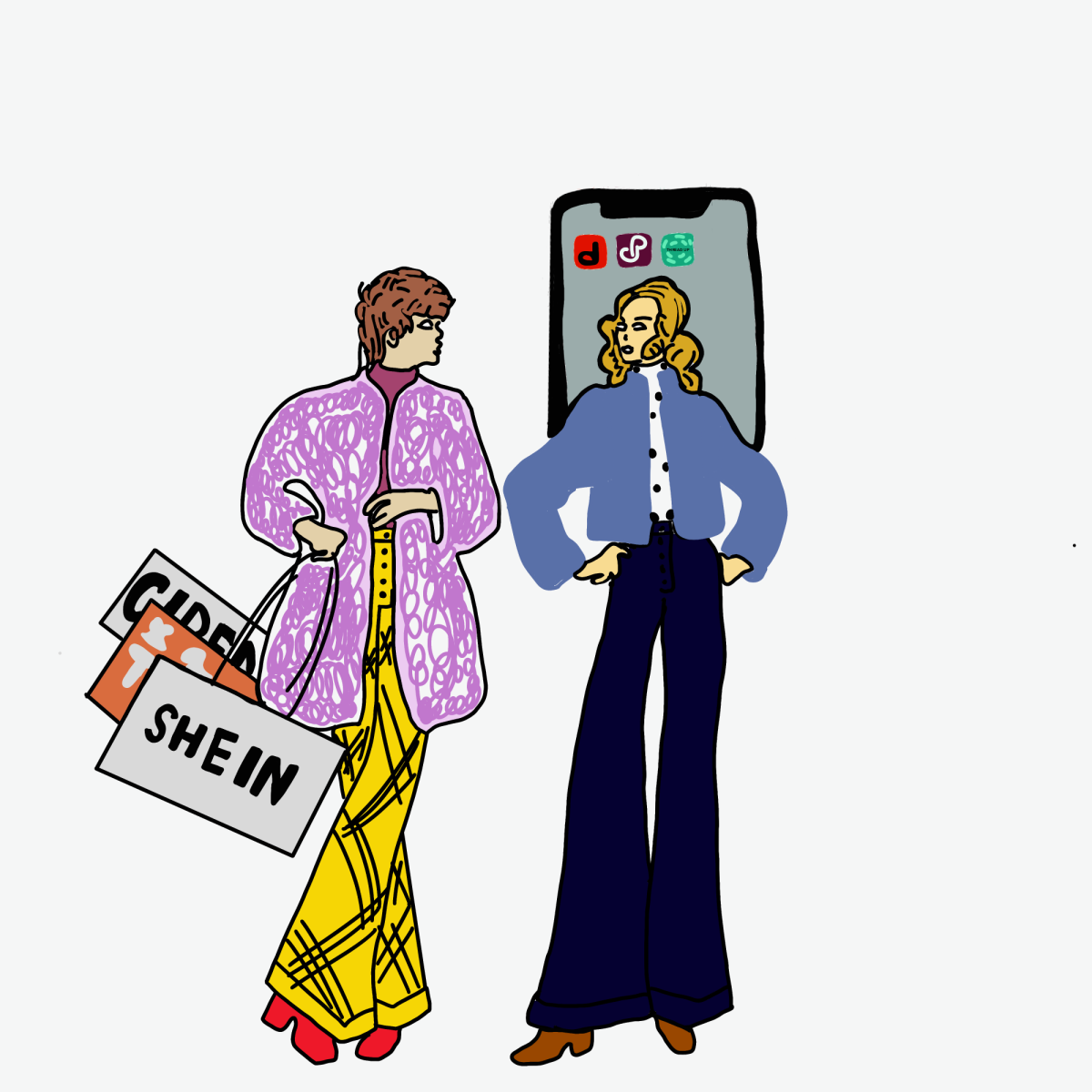When considering sustainability initiatives on the individual level, we tend to think of inexpensive, casual behavior changes. These changes may include thrifting in place of supporting fast fashion, being more cognizant of the need for water and energy conservation, reducing waste production or being a supporter of local agriculture as opposed to a patron of chain superstores. It is rather difficult for the average person, who does not command much influence or wealth, to imagine a grander scale effort for sustainability. However, with the Saudi Vision 2030 plan spearheaded by Saudi Arabia’s Crown Prince and Prime Minister, Mohammed bin Salman bin Abdulaziz, humanity is witnessing one of the most ambitious, beneficial and expensive environmental projects ever undertaken: The Line megacity in Neom.
In The Line’s official overview, the project is described as an effort to prioritize the well-being of humans and nature alike. This is certainly a novel objective, though opponents of the project are quick in referring both loaners and developers to literature, which estimates the cost of the megacity at upwards of $1 trillion. However, this raises a question as to how we should weigh potential financial burden over potential sustainable development. The following qualities of The Line’s functions are critical to remember when assessing the net environmental benefit that may result from its completion. The Line will contain no cars, roads or emissive vehicles; at a width of a conservative 200 meters, a length of nearly 170 kilometers and a height of 500 meters, the city will sustainably and spaciously accommodate for nine million residents; every essential public resource within The Line will be accessible within a five minute walk from any given location and the 170 kilometer city, with a zero emission, high-speed railway, can be completely traversed in a mere 20 minutes.
In consideration of these features alone, it is my opinion that The Line is certainly worth funding, purely as a sustainability measure. It is important to indicate, though, that neither this philosophical outlook nor others may necessarily take into consideration the extraneous economic or sociopolitical affairs of the Saudi government beyond Vision 2030. I do not find it objectionable to state that any given municipality with an infinite sum of money and resources should pursue a project like this. However, given that these are both implausible, it would be unethical of any observer to declare the absolute moral righteousness or abhorrence of such a proposal.
I compound my support of The Line with the concept of the green belief, as explained by Rosalind Hursthouse in “Environmental Virtue Ethics” (2006). The green belief holds that dramatic shifts in human-nature relationships are imperative, particularly at the present moment, to the upholding of virtuosity and good living. The Line seems to adhere quite strongly to this belief as, certainly, the construction of a remote, sustainable, exceedingly costly and seemingly utopian megacity can be defined as a dramatic shift.
Though, with this thought in mind, a critic may question the dedication of The Line’s residents in adhering to sustainable social practice. After all, not everyone can be expected or forced to follow rules that conflict with their habits. However, there is a solution to this too, which Andrew Light describes as “methodological environmental pragmatism” in “Contemporary Environmental Ethics from Metaethics to Public Philosophy” (2002). The goals of this method are particularly represented by The Line’s priority of human choice while respecting nature all the same. As per Light, this pragmatism entails that any sort of environmental philosophy should recognize the crucial public component to practicing sustainability, and this public body should be agnostic in their comparison of their own values to those of nature. In essence, environmental ethics or sustainability cannot be practiced if values are forced on people who believe themselves to be superior to endangered species, habitats or areas. As The Line’s entire purpose is to maximize the well-being of humans and nature alike, and is architecturally devised to reflect this, it is not likely that the critic would have a solid argument against its development.
Overall, in consideration of only the potential sustainability benefits of The Line, I support its construction. If successfully completed, The Line would represent not only a technological marvel but a massive improvement in sustainable development efforts and set a global precedent for new-age urbanity. The future may very well necessitate the development of these cities; I see no need in allowing frugality to extinguish humans before the climate does.











